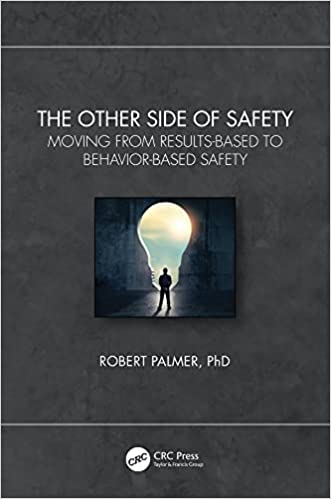
English | 2023 | ISBN: 1032365560 | 155 pages | True PDF EPUB | 5.21 MB
The problem with the way the safety industry functions is three-fold: 1). The dysfunctional relationship between business and safety leaders, 2). The practice of Results-Based Safety, and 3). The creation of a false reality. This book presents an insightful and practical approach on how you can shift your safety program from Results-Based to Behavior-Based Safety.
The shift involves understanding what motivates behavior, utilization of consequences, practicing the 7 steps of performance coaching, creating accurate safety campaigns, and defining evidence of a healthy Behavior-Based safety program-this is the other side of safety.
The text-
Defines the four major motivations, explains how they work, and how safety leaders can use the right motivation for the right person to help them practice safe behavior.
Explains how to maximize the impact of reinforcement consequences and minimize punitive consequences in a way that is alingned with an individual's motivation.
Implements the 7 steps of performance coaching conversations, how safety and business leaders can model fluency and frequency to shape behavior to habit strength.
Provides clearly defined evidence of a healthy Behavior-Based safety program by measuring outcome like locus of control, self-esteem, self-efficacy, and self-actualization.
Highlights the distinction between Results-Based Safety (RBS) anecdotal practices from the science of Behavior-Based Safety (BBS) methodology.
Showcases how the distinct difference between a mechanistic and organic culture, and how the four phenomena can be utilized to drive safety culture on purpose.
Discusses the importance of expanding from lagging indicators to leading indicators for robust metrics and predictability.
Addresses how the significant negative impact of "telling people what to do" and re-focuses on coaching people on "what to think".
The book provides definitions, examples, and applications that focuses on how safety and business leaders can influence the behavior of people, impact their culture, and support healthy relationships. It will serve as an ideal text for students, professionals, and researchers in the fields of ergonomics, human factors, human-computer interaction, IO psychology, and computer engineering.



